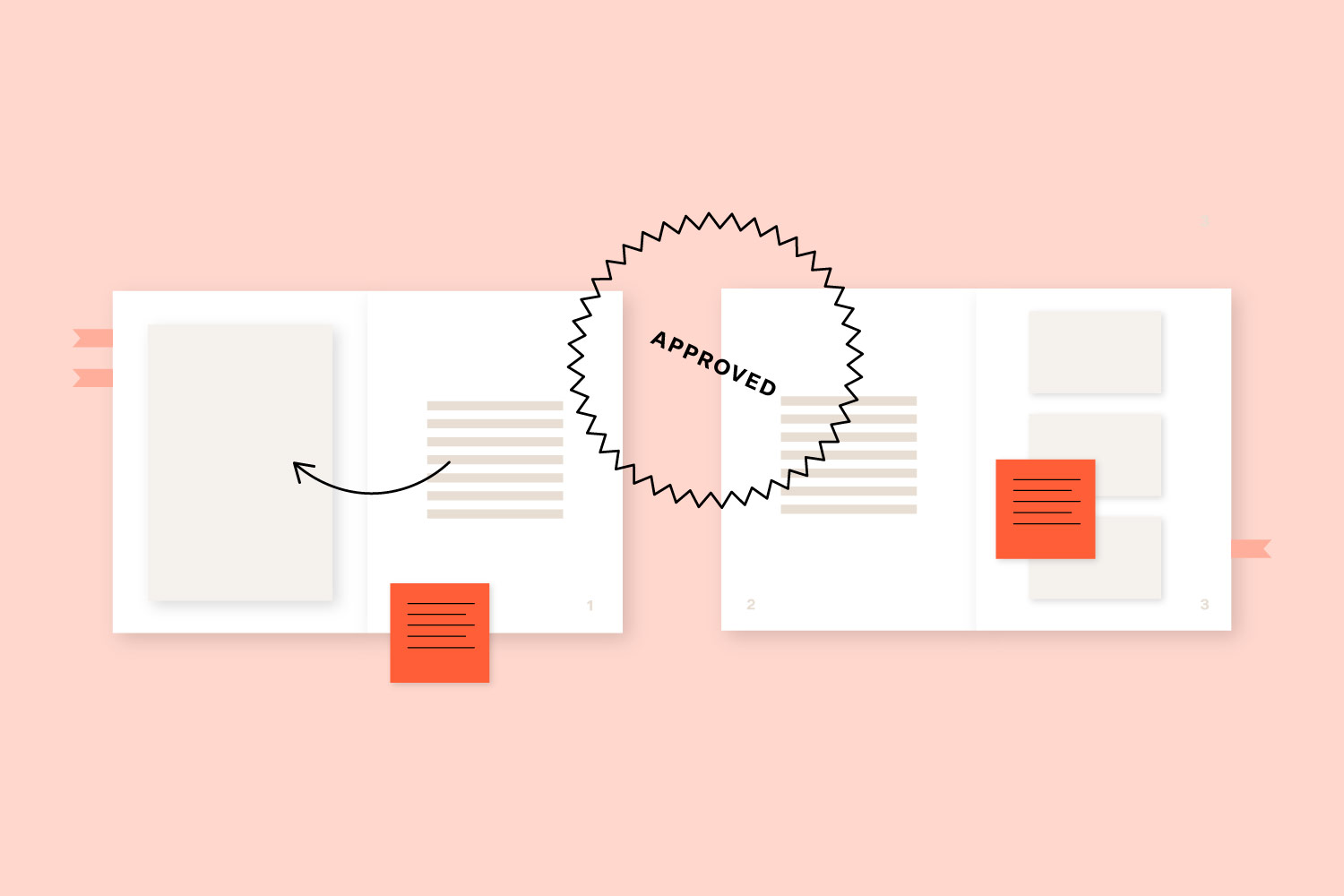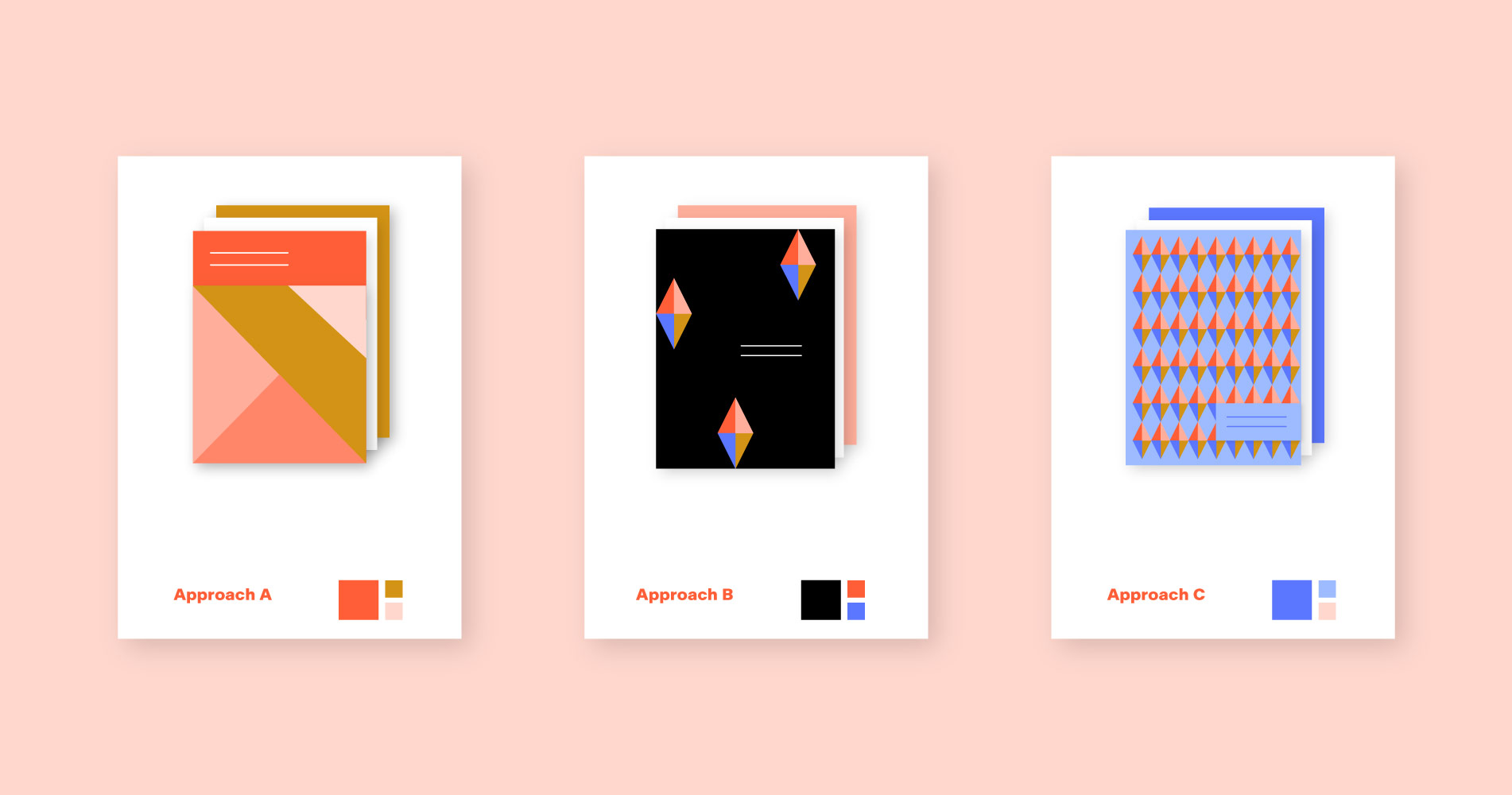

Feedback is much more than just an opinion about what you like and don’t like.
Opinion is always part of it but, more importantly, feedback is making decisions about how a project should move forward, so that it helps position your organization to meet its goals.
At the beginning of a project, we define key objectives for our work together, and discuss how we’ll know if we’re successful. These are the goalposts we’ll use to guide us throughout the project. Constructive feedback also helps keep things going in the right direction.
Here are some tips for providing feedback and getting input from your team that will ensure the process of working together runs smoothly, and that we achieve the best results in the end.
Objectivity is Impossible
(A Small Disclaimer)
It’s hard to completely remove personal preference from the design process. Everyone has their own taste. There are colors we love and colors we hate. These feelings might be deeply rooted in your emotions, memories, or culture—or you might just despise the color orange for no explainable reason.
Subjectivity is human, and we don’t want to lose sight of the fact that you and your (human) team will be the ones using the brand—sometimes on a daily basis—so it’s vital that you like its design on a core level.
However, it’s also important to remember that our brains tend to prefer what is familiar, so bias can easily creep into the process.
And along those same lines, something new can feel a little uncomfortable at first. Love at first sight might be intoxicating, but it’s not always the true measure of the type of lasting relationship you want to have with your brand.
Make Informed Decisions
Now that we’ve gotten that out of the way, let’s look at the objective criteria you can use to make decisions about design.
The design must be appealing to your audience, true to the values of your brand, and support your long-term goals. In the strategy phase of our work together, we will develop key themes that represent who you are, and these themes should strongly inform the design, so it feels authentic to who you are.
We always present a range of design options that align with your brand themes and support your organizational objectives. We explain the differences and advantages of each approach, and there may be elements of different designs that you prefer.

We always try to show a continuum of possibilities: that might mean staying close to something more familiar to you at one end of the spectrum, while pushing you out of your comfort zone and toward something new and different at the other. This can help you identify where you feel most comfortable within that range.
Don’t forget that the design represents the whole organization, so making design decisions that will have the most positive impact should still be considered over, or at least balanced with, personal preference.
Get Feedback From The Right People At The Right Time
As important as feedback is to a project’s success, it’s even more critical to be strategic about who’s providing feedback, and when they are involved in the process.
It can be useful to engage a broad swath of your community in the discovery stages of a project, but it would amount to inviting too many cooks into the kitchen (and lead to predictably unappetizing results) if you receive feedback from too many people too early on in the process.
The same holds true for high-level decision makers in your organization. Their input is vital, but they may not have the time or bandwidth to give detailed feedback at every milestone.
We can help you strategize when to bring in different stakeholders from your community to get input and feedback, so that we avoid costly revisions or delays.


We will rely on you to help identify who needs to be involved in the decision-making process. It will be important to build a consensus within your team, and you will need some organizational insight to be sure that happens. There will inevitably be differing opinions and varying points along the way, so we may need to discuss underlying concerns in more detail and brainstorm solutions.
If you are creating content for a project, you will also be responsible for ensuring that the content is approved and proofed before we begin design. See our Guide to Content Strategy for more tips.
Keep Narrowing Focus
We usually include 2 rounds of design revisions and 3-4 rounds of editorial revisions in our project scope. Each round should include a smaller and smaller number of revisions as we progress toward the final product.
In the first rounds, the feedback might be broad, as we narrow down overall styles. We will schedule calls or meetings to review options and discuss feedback to ensure that we’re able to answer your questions, and fully understand your input.
When we get closer to the end of the project, feedback should be more specific and detailed until there are only a handful of small tweaks at the end. When you’re providing more specific edits to text, or minor design adjustments, we request that you provide comments in a PDF or website prototype.
We want to avoid making major design changes at late stages of the process, which might incur additional costs and extend the project schedule.
If we exceed the number of revisions provided in our scope of work, we will charge a flat fee for each additional round of design and an hourly rate for additional hours of editorial changes.
These fees can almost always be avoided by using the techniques we’ve outlined above. In particular:
- Ask all stakeholders to review and proof earlier on in the process and consolidating feedback
- Resolve any contradictory feedback received by your team
- Ensure that text content has been fully copy edited, proofed, and approved prior to beginning design
We sincerely appreciate your willingness to ensure our work together runs as smoothly as humanly possible!
